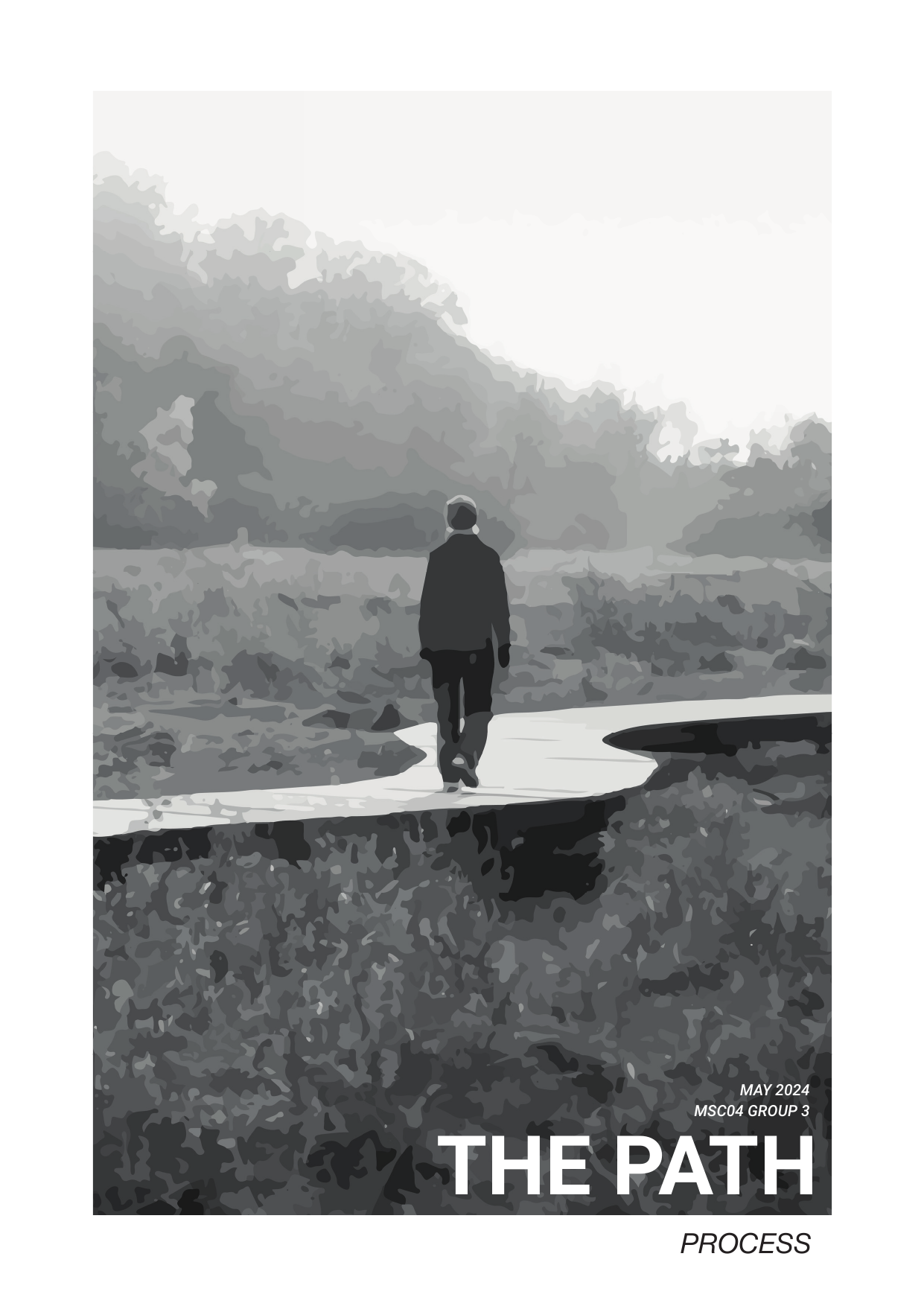
The Path
Term
4. term
Education
Publication year
2024
Submitted on
2024-05-27
Pages
187
Abstract
This master’s thesis features a design proposal for a 24-hour rehabilitation center for drug addicts located in Rold Skov, Denmark. Through the initial research for the thesis, it was found that current rehabilitation centers across Denmark mostly share the same architectural challenges. Their expression, spatial layout, and provided functions for the users are often substandard and there is often a lack of focus on the users’ needs for self-fulfillment. Furthermore, current offers are typically old, renovated, two-story buildings, that are often inaccessible and poorly designed for the many moving impaired users. The concept of this design proposal revolves around bringing structure to the daily routines of the clients through clear architectural programming, while also introducing functions that ensure the clients have their esteem needs and self-fulfillment needs met, in accordance with Maslow’s theory on the hierarchy of needs. The users’ needs for esteem and self-fulfillment will be addressed through the implementation of e.g., workshops, greenhouses, and other activities. To facilitate a structured setting for rehabilitation, the architecture provides legibility in the spatial layout, as a division of the functions creates an easily understandable environment for the clients to recover. Furthermore, designing a home for the residents to live in and giving them a homely atmosphere in the social spaces as well as private spaces is pivotal for this project. Including therapeutic rooms for therapy, mindfulness and yoga is also important, as these are some of the primary functions of a rehabilitation center. This thesis displays the research, analysis, and design process, utilizing the integrated and iterative design process. This culminates in a design proposal that inspires a new take on rehabilitation centers, and how programming, functions and adaptive opportunities can provide a healing environment that helps to foster long term recovery for the users.
Keywords
Documents
